Hello my name is Matthew Wyjad and I’m a general contractor in Canada. Basically I’m like The Madalorian of the building world. A one man operation taking on contracts and occasionally teaming up with other one man mercenary contractors to tackle larger jobs. I speak both english and french, and a smattering of ASL. My background in photography starts as a pre teen with my dad’s Pentax Spotmatic 35mm, moves through high school as a yearbook photographer, and into adulthood as a professional wedding photographer (@inkphotography.ca on IG).
How long have you been a toy photographer and what attracts you to this hobby?
I’ve been a toy photographer since Dec 2017, so nearly four years. While initially it was just a fun and novel creative diversion, it has continued to pull me in deeper because of the diversity of possibilities. I like variety in my hobbies. Toy photography in itself is not really a general style to me in the way that landscape, street photography or wildlife photography is. Toys are tools for exploring every other branch of photography.
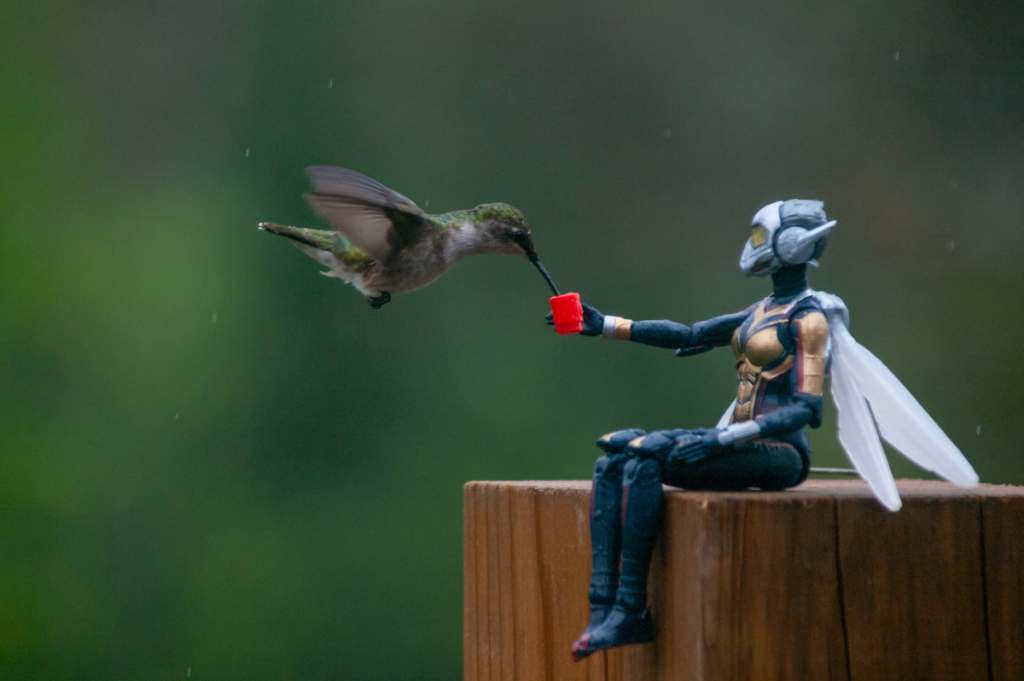
Where do you get your best photography ideas?
Honestly my best ideas come from my wife. She regularly inspires new ideas, and also pushes me to refine my own ideas, taking them to the next level.
Tell us about your process in creating images from original thought to final photo image.
This varies so much. I’ve a shot list that contains ideas from songs, tv shows, daydreams, radio, books, etc… Sometimes I even buckle down and build one! But usually I pick a toy or toys that feel interesting to me and then start introducing elements, building an idea in the moment. I believe you can take an aesthetically pleasing photo of just about anything just about anywhere. My starting point is simply trying to take a good looking image. During this process other, more conceptual ideas, start to form. This is where what I’m trying to accomplish begins to take definition. Of course, sometimes I simply see a pretty environment and pick a toy that looks good in it. Creativity is like alchemy. I take two elements, put them together and see what happens.
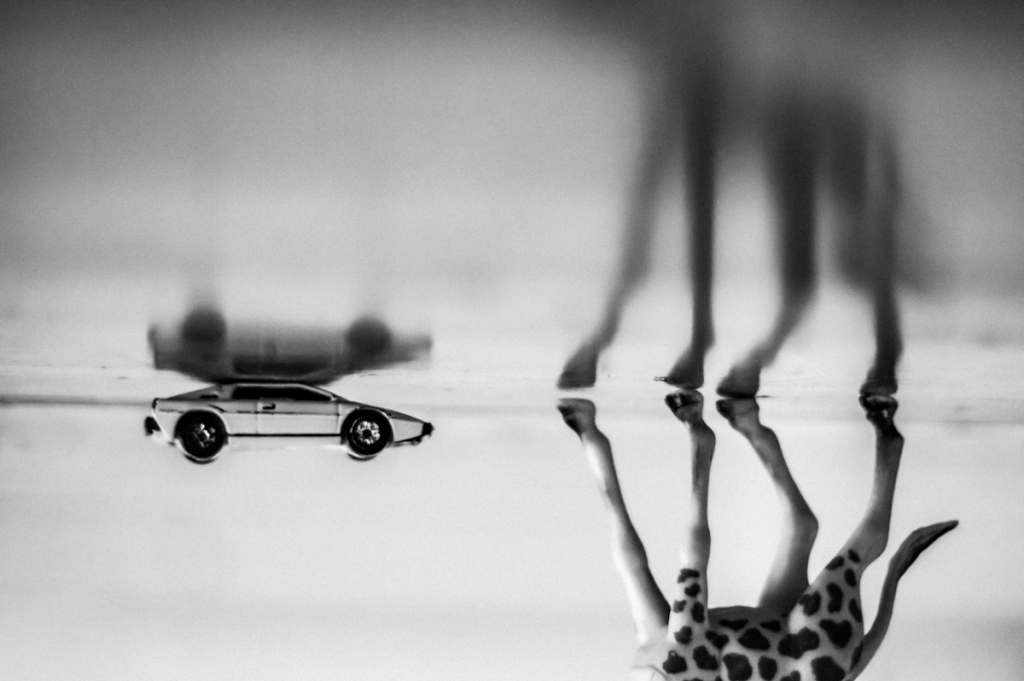
What photography editing software do you commonly use in your image creation and how does it help you express your ideas?
I use almost exclusively Lightroom mobile. Because I approach photography as a simple creative act I rarely do composite work and stick to color and contrast edits. Lightroom offers me a variety of tools like contrast, light / shadow exposure, blacks and white exposure, curves, clarity, dehaze as well as tone or color luminance. That’s nine(!) ways of manipulating contrast in subtly different ways. Ultimately, tone contrast is fundamental for altering the feel or mood of an image… colour of course after that.
What is your current equipment set-up and why is it your favorite?
My favorite setup is the one that makes the picture look good. This changes constantly. I regularly switch back and forth between my Pentax K7 DSLR and my phone depending on the style of shot. I tend to use my DSLR for 50mm focal length and up and my phone for wide shots. For fun bokeh I use an old Helios lens. When I want I want crisp, high depth of field I will use my phone. But really, my favorite setup is my Pentax Spotmatic. It’s an unmetered, fully mechanical 35mm film camera. It’s been difficult to ween myself off digital, but film really is what i love shooting. While film isn’t better than digital, it’s just different. Try it and you will see!
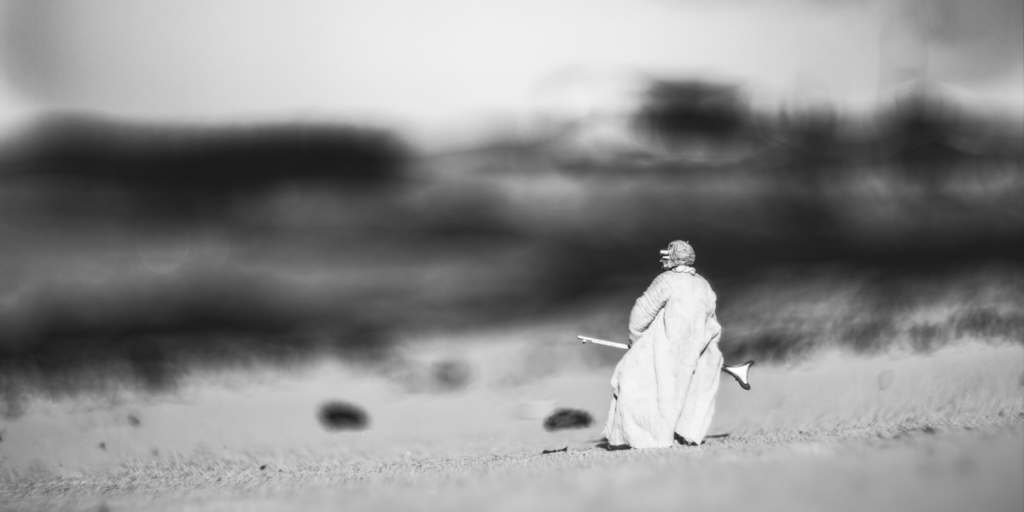
Tell us your favorite photography environment and why.
I think generally I prefer outdoor light. I’m not obsessive about controlling light. I let the available light influence the style of the image. Of course some styles require a studio setup. That’s fine too.
Lately I’ve been enjoying street scenes that allow for forced perspective shots. I enjoy blending toys into the real world. The shot I’m very proud of this year is a vaporwave themed image that I set up in studio with four lights and a smoke machine. The environment influences the shot, and the idea influences the environment. Everything connects.
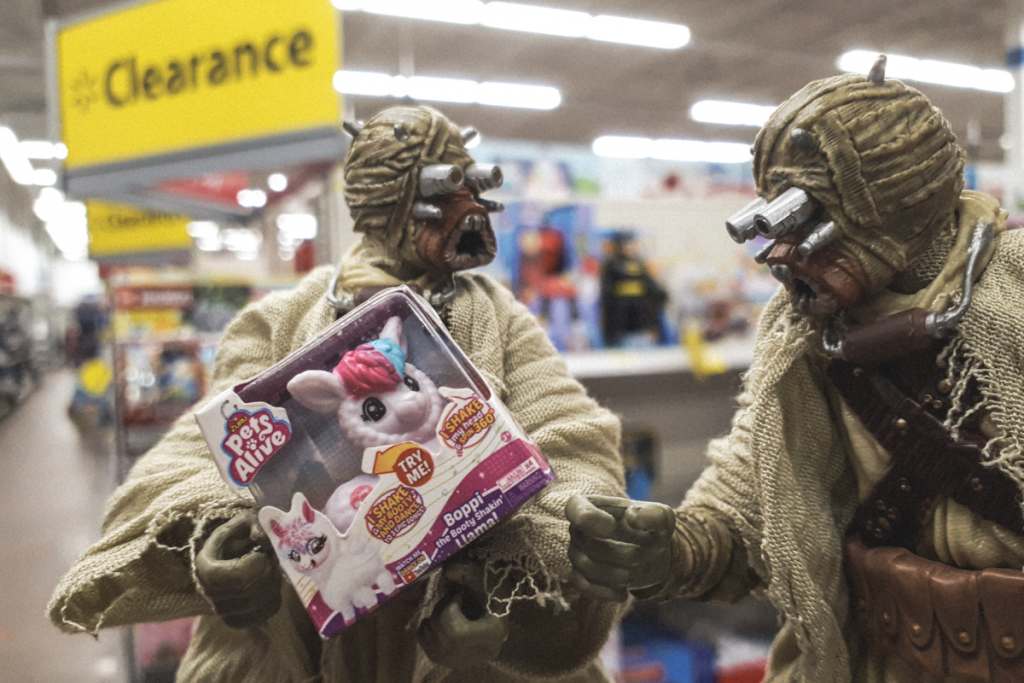
What kind of reaction are you looking for from your viewers?
Hopefully the viewer reacts at all!! Some of my photos are subversive or mocking. Although often they are very, very quiet. So quiet in fact that I’m probably the only one who understands what’s going on. But others are humorous or simply pretty. Hopefully my viewers laugh at my jokes and appreciate what I thought was pretty. Maybe, just maybe, they will see the edge underneath it all.
Honestly, I’m not very good at anticipating people’s reactions, so I’ve come to the point where I put my images out there and wait to see if there is any reaction. I’m usually surprised how differently people react to my work than I do. That’s often better than them reacting the way I ‘want’ them to.
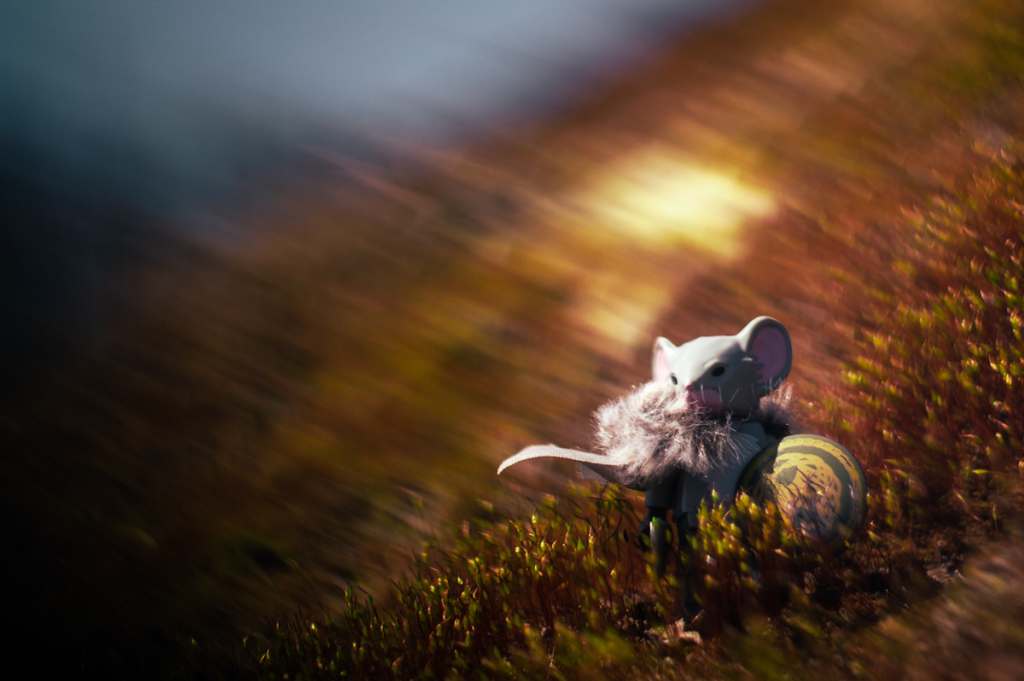
What has been your most treasured feedback and why?
What you are doing in incredible Matthew. I’ve talked to other people about it and we’re all blown away, not only by your dedication to a picture everyday, but that your shots are all of remarkable quality.
– Amy
To hear that people talk about me on their own time blows my mind. I would never assume, know or believe that this happens if it wasn’t told to me. Social media is surprisingly lonely. It’s powerful to learn that real humans are thinking about our images beyond a heart and a three word comment. We all need to know that.
Is always your shots in my feed, Matthew, that make me pause, marvel, laugh and sometimes ask WTF.
– Alan
I shoot many different styles. To have someone acknowledge and appreciate that eclectic variety, when it is generally not the way you get noticed as an artist in this age is extremely satisfying.
Toy photography is over. We have a winner. Thanks everyone for playing.
– Adam
Ladies and gentlemen, Matthew Wyjad won the internet today.
-Tomasz
While this is completely absurd, it made me laugh. It feels good to feel like you’re the very best for even one day. Art is so subjective. There is no best artist. But I think that every once in awhile everyone needs a moment when they’re made to feel like they are. The key to feeling good about what I create is not to need to chase that or surpass this everyday. But we all need to know that what we do means something to someone. If it didn’t we wouldn’t put our work out into the world.
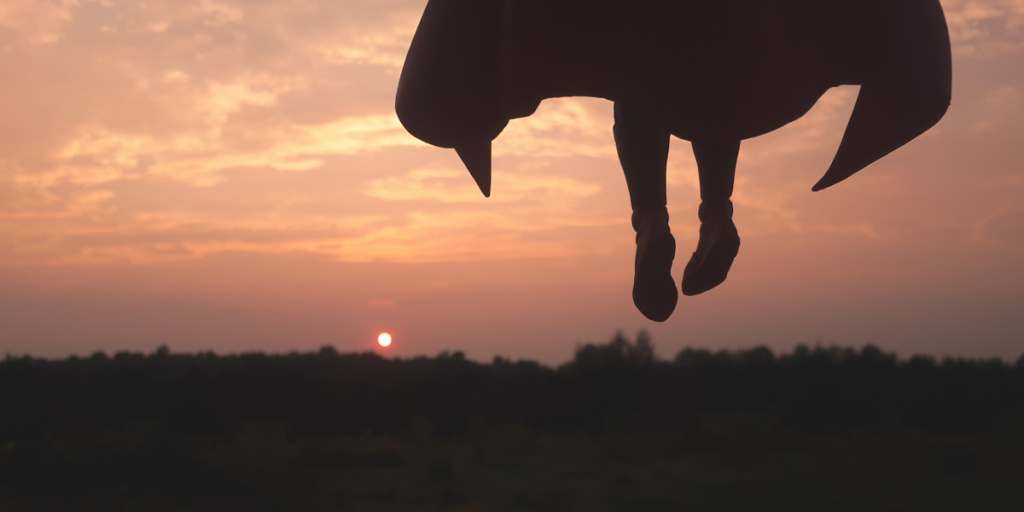
What is your favorite toy photography-related memory?
My favorite toy photography related memory is waking up at 4am to do a collaborative shoot over zoom with Kristina Alexanderson. Directing someone halfway across the world was so different from any other experience I’ve had.
You have an amazing portfolio of toy imagery, which image has an unexpected story behind it?
This photo of an X-Wing disobeying a traffic sign was shot while I balanced on a milk crate and took about 100 photos while a family with young kids played on a playground in the background. It was one of the few times I’ve been uncomfortable in public because the parents kept looking over at me with questioning looks on their face. I think they may have felt uneasy about me standing there with a camera pointed at the playground for so long. But they never confronted me, so I smiled politely after getting my shot and dismounted my milk crate.
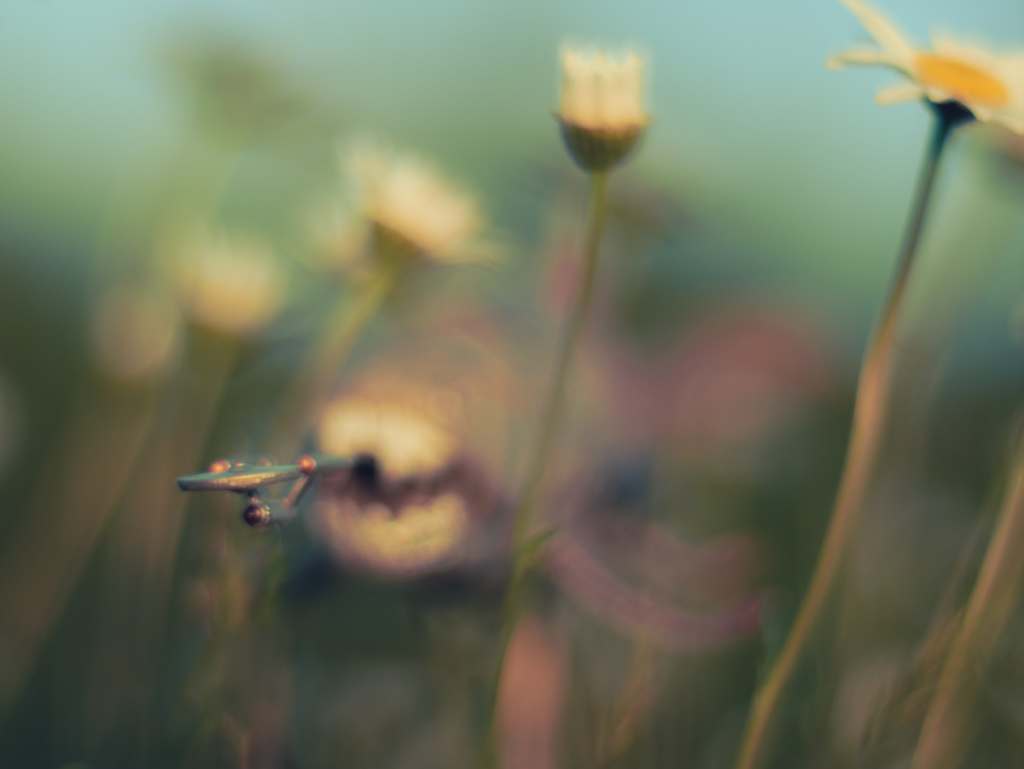
What are some common mistakes you see in other people’s images and lighting set-ups?
My wife always tells me, keep things tidy and try and keep unnecessary distractions away from the edges of the frame. But I’m not too fussy about imperfection. The image as a whole outweighs the many flaws you can pick at. Make sure the whole composition feels good and don’t sweat the details. I wouldn’t advise turning your critical light to brightly on other people’s work except to learn what does and doesn’t work yourself. Also, mistakes can be purposely used in images to create certain moods, or imitate certain styles. Oh… one that I’ve noticed recently: shots on Tatooine only ever have one shadow. So wrong.
Who are your greatest influences – toy photographers or otherwise?
A real mixed bag when it comes to people who influence me. I’m happy to borrow from anyone. Here is a list of names in no particular order of people who I regularly think about while shooting and editing.
- @zekezachzoom
- @tomtommilton
- @dzesikadevic
- @Shellycorbettphotogtaphy
- @joecow
- @cattie.combs
- @tomekskog
- @davestillshoot
- @thepiratespoils
- @sabekr
- @Oprisco
- @avanut
- Tobias Schiel
This list is not comprehensive, and I’m sure it will grow as I have the time and confidence to jump into other people’s styles.
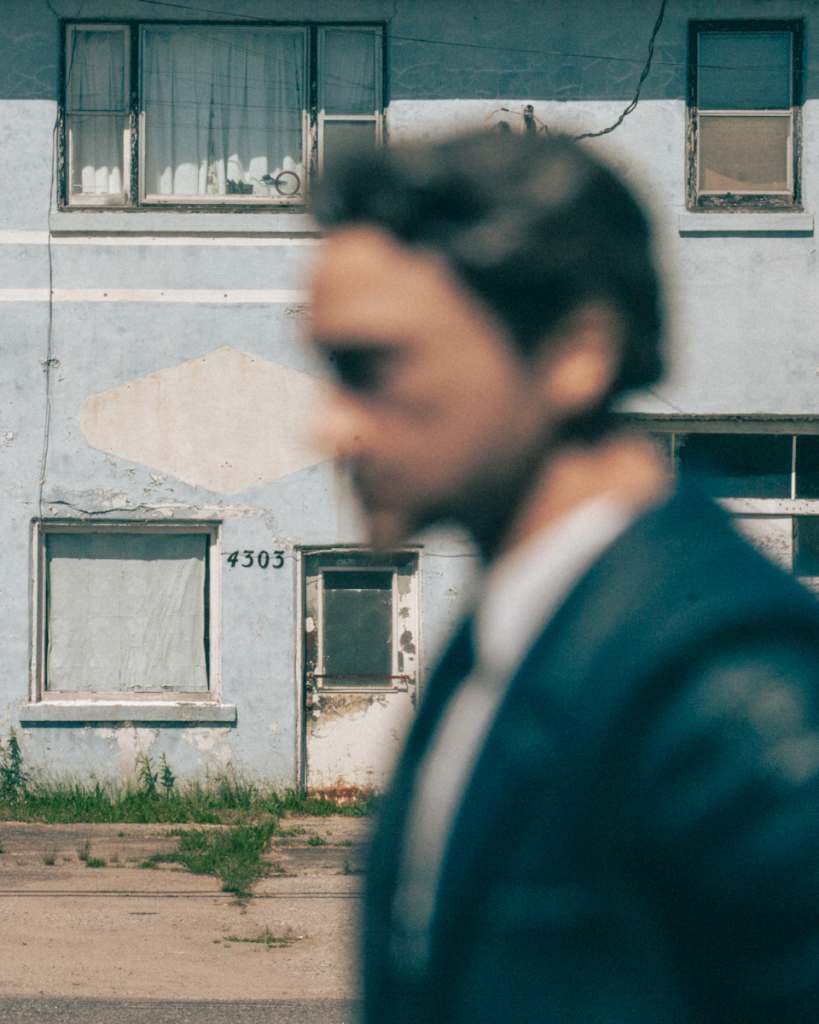
If you could go back in time and talk to your young self, what would you make sure they knew on day one of their toy photography journey?
Do your own thing. Don’t get caught up in whining about social media, or working hard to grow a following. Take pictures and share them with no expectations. If your work is important to just a small handful of people then that is enough.
What are the most important tips for a new toy photographer?
You don’t need to buy everything. 90 percent of your purchases will likely get one or two photos and sit on your shelf. Use what you have and don’t get too caught up in thinking about what you “need.” That goes for both toys and gear.
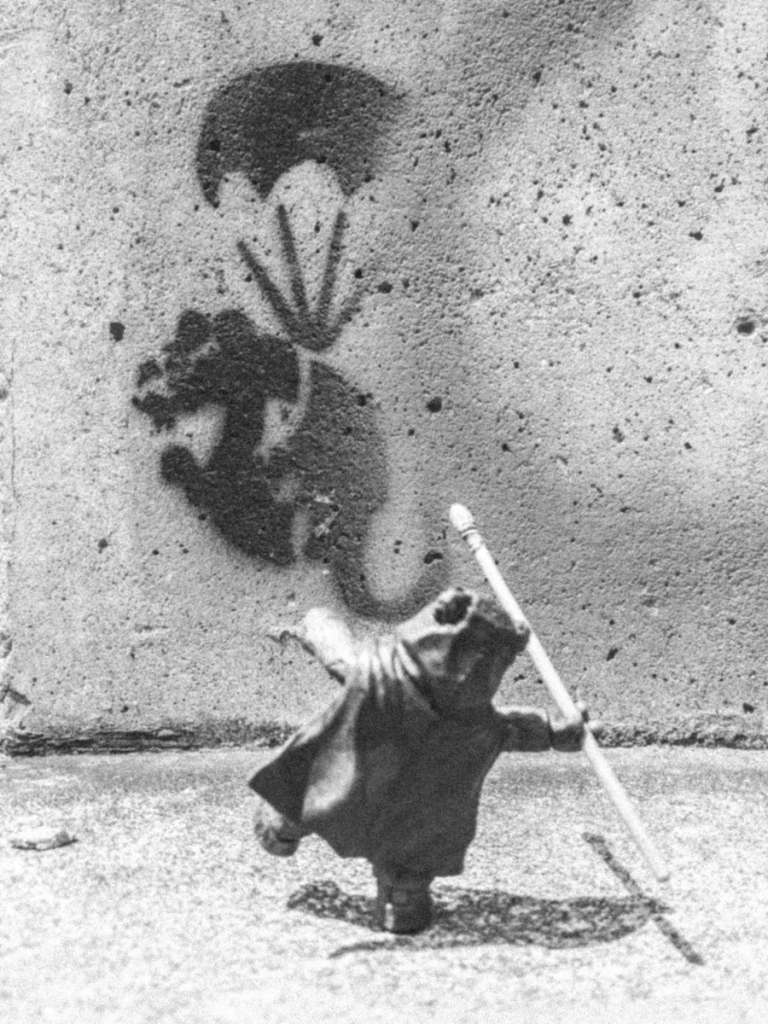
What is your greatest toy photography achievement
Sticking with a hobby consistently for this long. It’s unheard of for me. Creating a photo per day for a year has opened my eyes to what can be accomplished when I’m determined. Hopefully I will be able to translate this lesson into other life projects!
Matthew
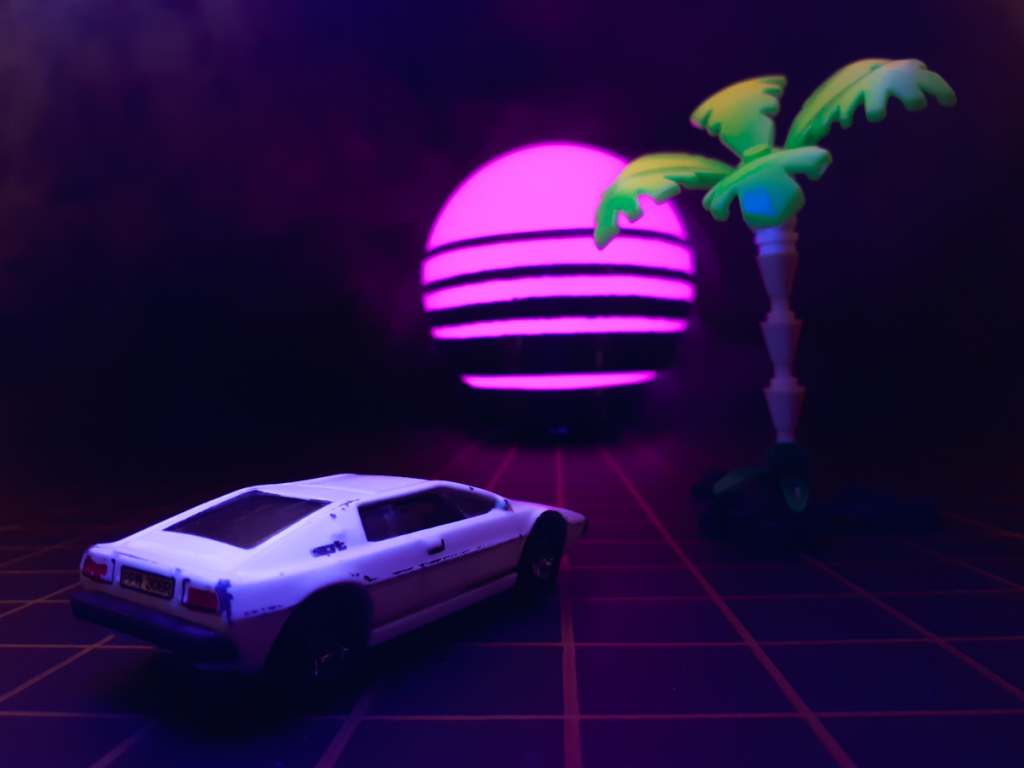
You can check out more of Matthew’s photo at the following locations:
- Instagram handle @morriswhyadd
- MeWe profile Matthew Wyjad
- Website inkphotography.ca (temporarily offline)
We also want to thank Matthew for taking the time to answer these questions for our community. Its always wonderful to get know our fellow photographers a little better!
Do you have a toy photographer you would like to see featured? Drop us a note and we will reach out and see if we can make that happen!


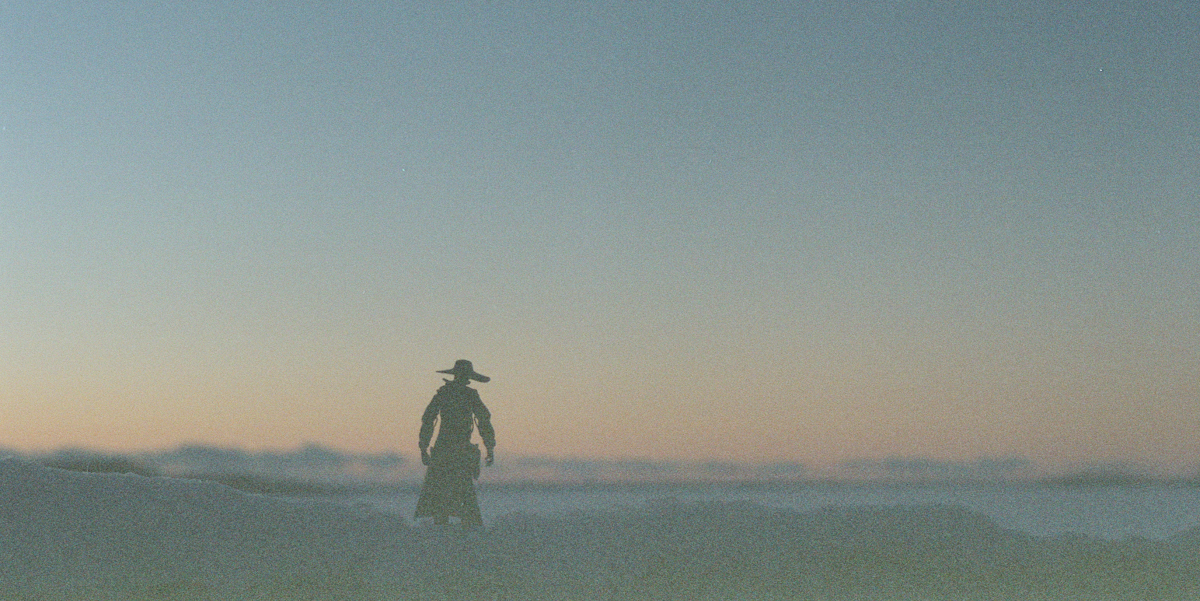
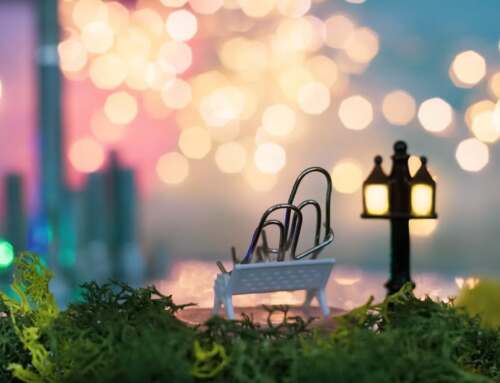
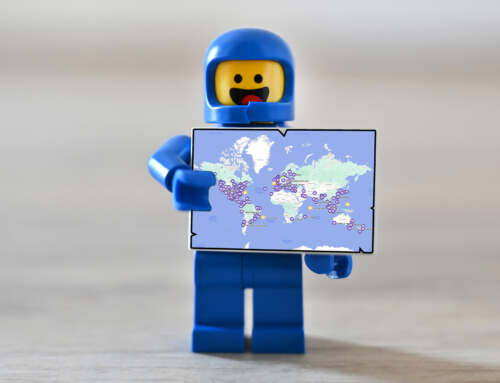
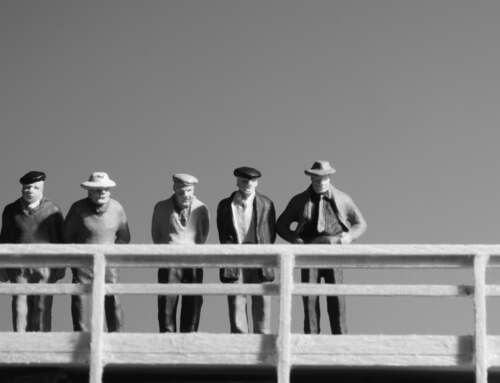
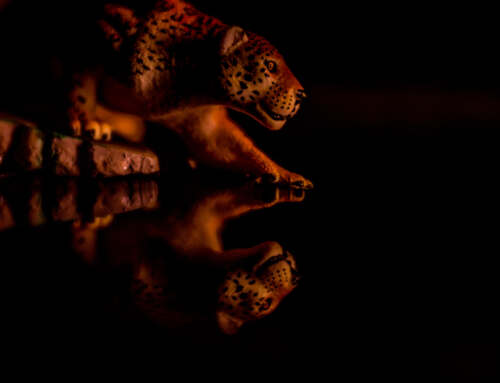
Thanks for doing the feature, Matthew! I enjoy getting to know you better!
No problem Mary! Keep those abstracts coming.
Really enjoyed hearing more about your background and seeing these photos from you, Matthew. I especially love the Superman feet/cape and sunset. Such a brilliant approach, immediately recognizable and evocative!